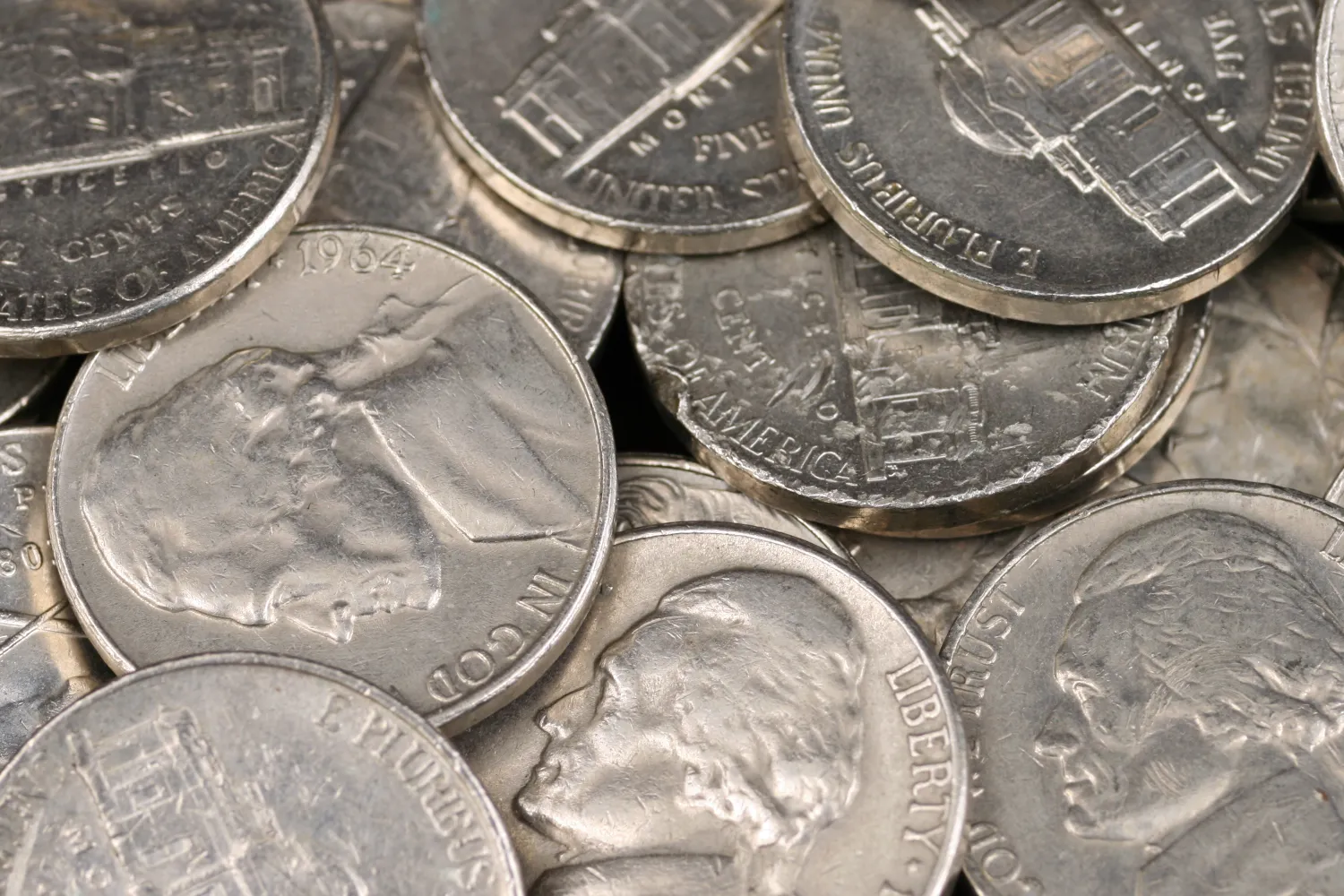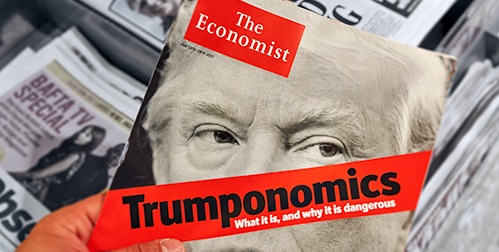- China claims to have discovered the largest gold vein in the world.
- The discovery strengthens China’s de-dollarization ambitions.
- Americans can defend against the economic impact of lost U.S. supremacy with physical gold held in a Gold IRA.
China Claims World’s Largest Gold Vein
China has struck gold—literally—and the shockwaves could shake the global economy. China recently announced the discovery of a massive deposit of high-quality gold ore. It is estimated to possess 1,000 tons of gold worth $83 billion. Making it the largest known gold deposit in the world. The discovery has the potential to affect everything from China’s ambitions to your retirement account. 1
Gold prices surged on the announcement. And the potential new massive supply raised questions about gold’s continuing upswing. Yet, the World Gold Council (WGC) was quick to doubt the find. They say the claim is ‘aspirational’. And much more drilling would be needed to turn this into a reserve. In addition, the WGC says Chinese mineral reporting standards don’t match global frameworks. “Even if proven, such a deposit would take years to bring into production,” they concluded. 2
Impact on Gold Market
Further analysis deflates concerns about oversupply. The global gold market produces 3,600 tons a year. It would see little impact from a mine producing 15 to 30 tons a year (roughly 1% of supply).3
 4
4
China is already the world’s largest gold producer but is facing a decline in output. This a problem for them because Chinese gold consumption surpasses their mining capacity.
China’s gold jewelry demand rose 10% last year, while bar and coin investment rose 28%.
To get an idea of the size of the Chinese market, in the last two years, overseas purchases were about equal to a third of the gold held by the U.S. Federal Reserve. To meet demand, they need significant imports from Australia and South Africa. The newly discovered Wangu vein could reverse that trend and extend their reserves.5
China’s Gold Ambitions
China’s gold strategy is shrouded in mystery. The People’s Bank of China paused its gold buying spree earlier this year. They bought record-setting amounts of gold for 17 straight months. Now, analysis shows that China has continued buying gold secretly on the London Bullion market through bullion banks. The secret buying exploded after sanctions froze Russia assets in 2022 after the Ukraine invasion.
Analysts theorize that gold plays an essential role in China’s economic and political ambitions. Acquiring gold would fortify an economy in the grips of several financial crises. Greater gold reserves enhance China’s economic leverage and resource security. It also furthers their goal to usurp America’s role of global economic leader. Gold allows them to accelerate de-dollarization. Turning the renmibi into the dominant currency for international trade and foreign reserves.

Gold to Continue to Climb
Up 30% year-to-date, gold prices are spiking. Western investment is only now catching up to the East’s. Demand is driven by inflation fears, global conflicts, national debt concerns, and lowering interest rates. Yet, China’s insatiable demand underpins it all. And experts believe there is still more room to grow due to limited investment options for Chinese.
Managing director of Hong Kong based Precious Metals Insights said, “The weight of money available under these circumstances for an asset like gold… is pretty considerable. There isn’t much alternative in China. With exchange controls and capital controls, you can’t just look at other markets to put your money into.”6
Conclusion
China is known for playing the long game – focusing on steady, long-term growth in all aspects of national power. They aim to create a multipolar world where it stands as an equal or superior to the United States. This new gold bonanza feeds into that vision, assuming they can develop it.
Instead of lowering gold prices by opening this new reserve to the world, China may very well keep it for domestic consumption. If their projected demand continues, a perfect storm for gold prices will form. And, with newfound Chinese resource security, an increased threat of de-dollarization along with it.
Americans can protect against the impact of this Chinese lucky strike. They can move into gold and away from dollar denominated assets put at risk by de-dollarization and a more expansive, aggressive China. Call American Hartford Gold today at 800-462-0071 to learn how a Gold IRA can protect your retirement funds.
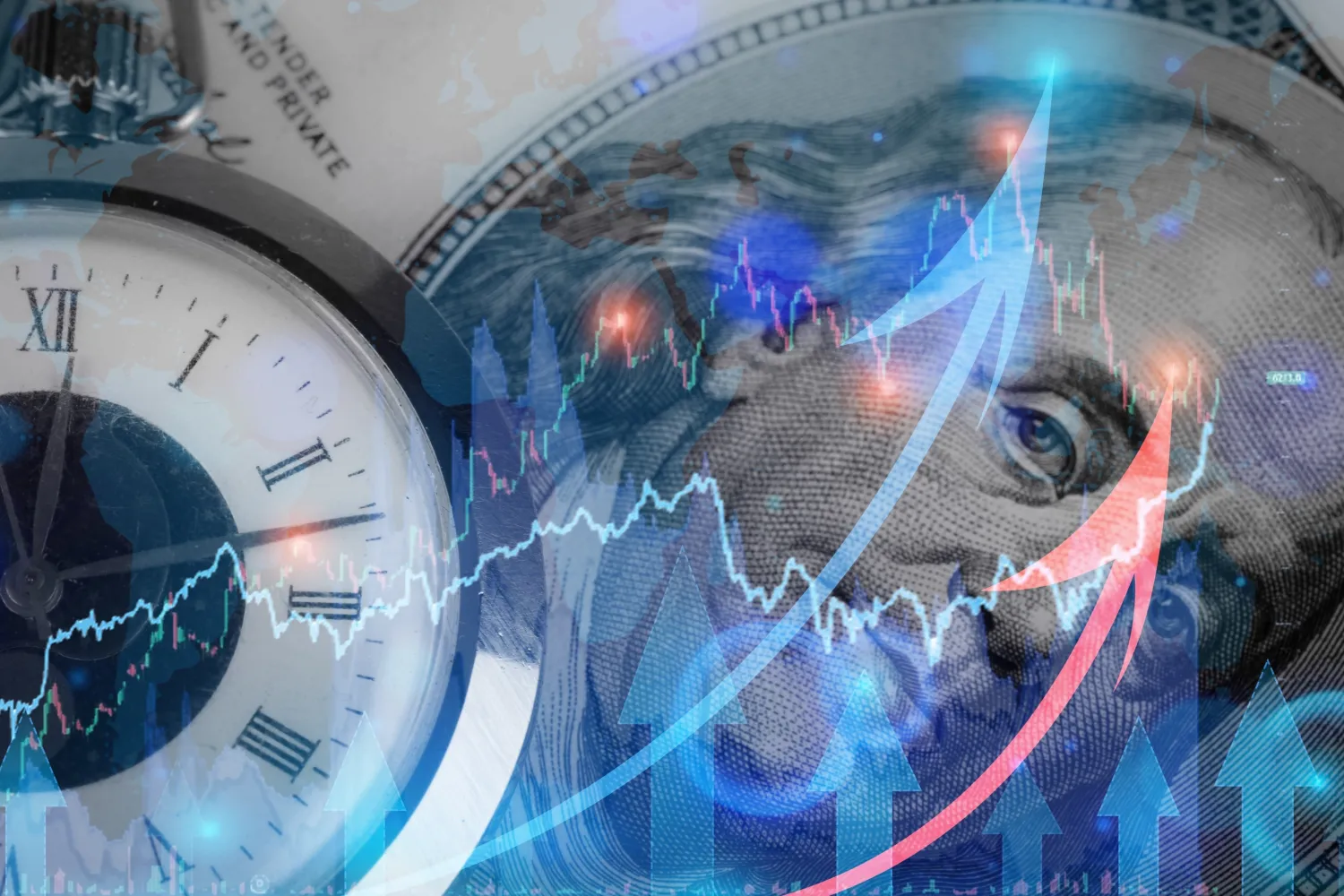

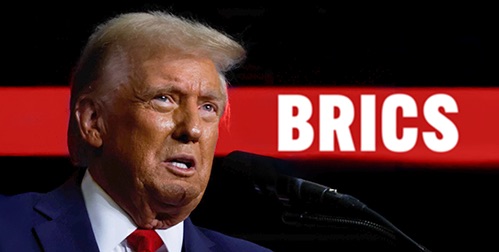


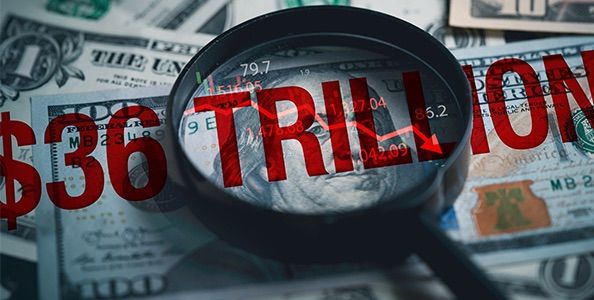

 2
2
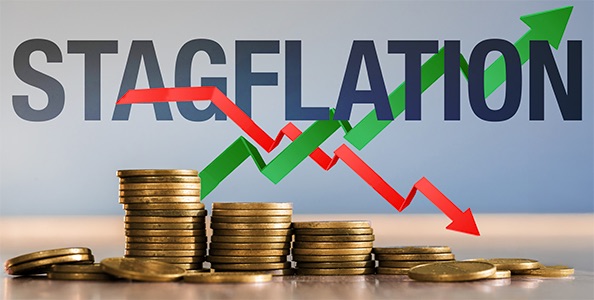
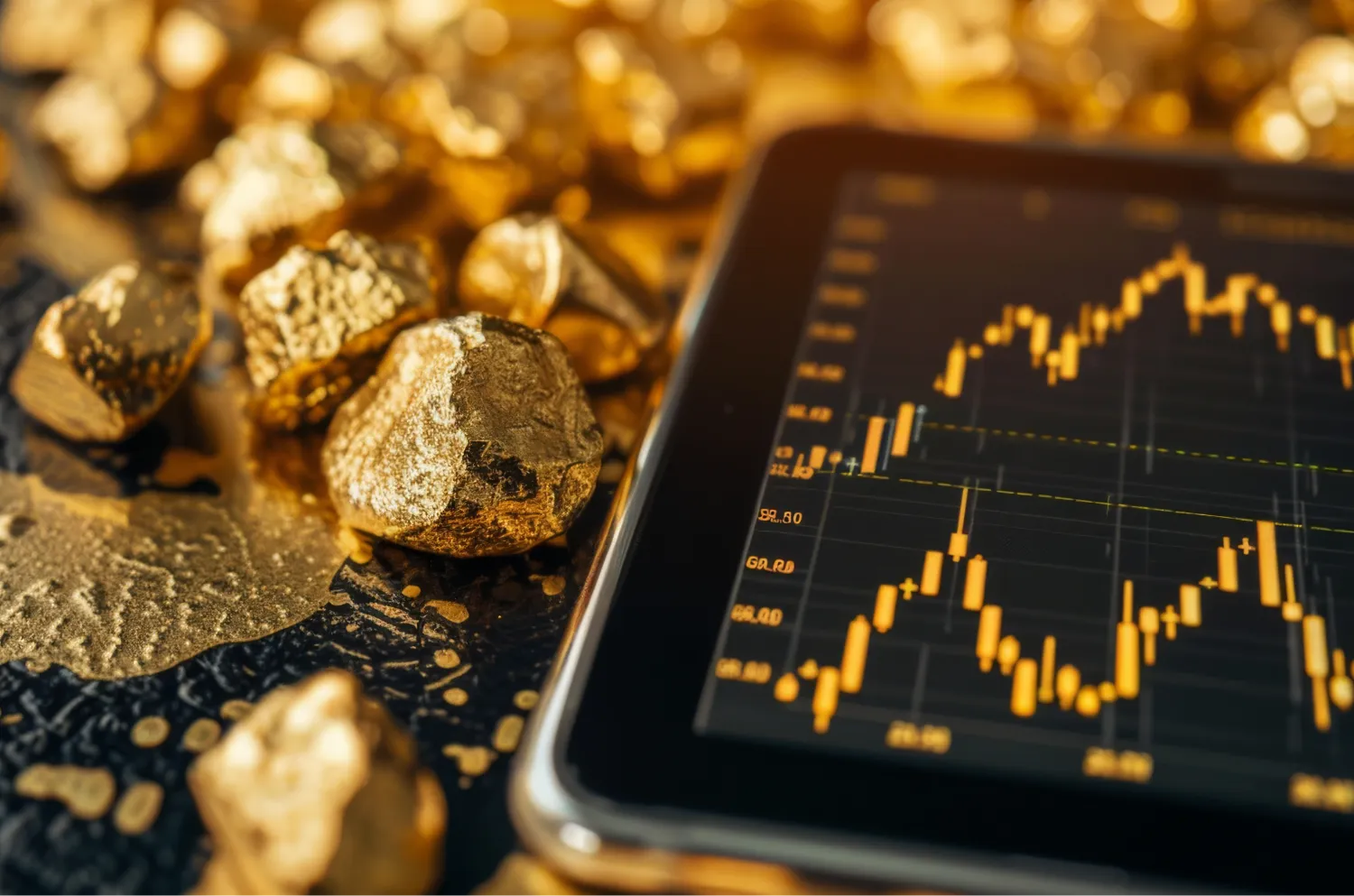


 2
2
